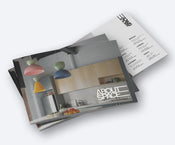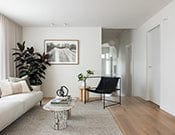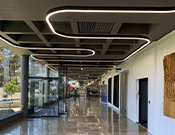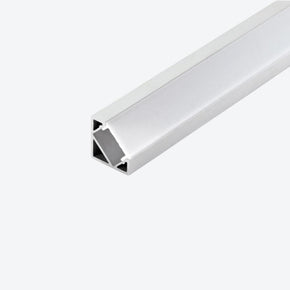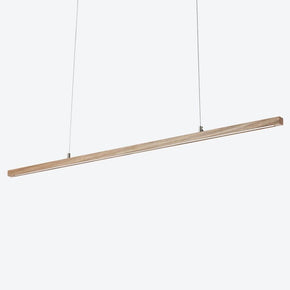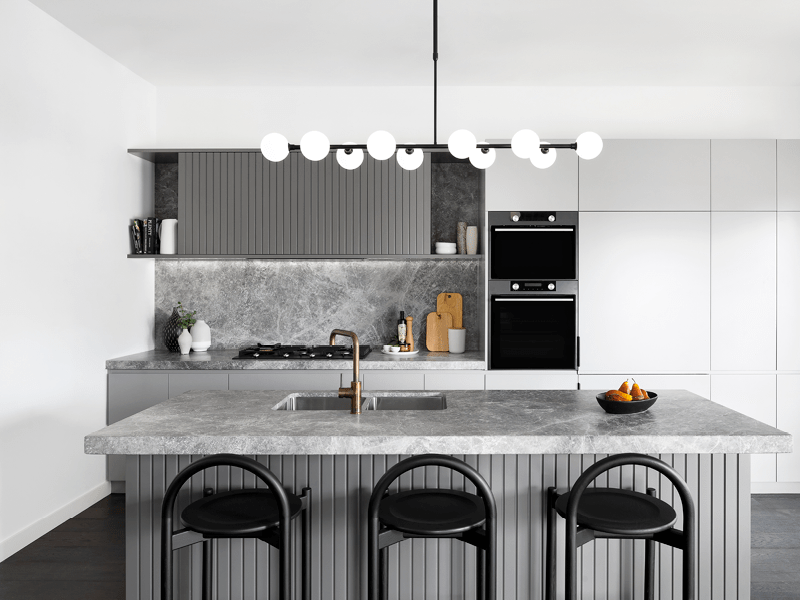- No products in the cart.
- ``
The top 5 residential lighting queries, answered!
05
Oct
The team at About Space answer the top five questions we get from our customers about residential lighting!
1. What is the best application for applying makeup or shaving in a bathroom?

It’s a daily ritual for most people, and just like walking out of the house with one brown shoe and one black shoe, no one wants to arrive at work with their beard looking scruffy or their makeup askew! To avoid shadows and enable you to perform these tasks more accurately, there are three main lighting options:
Lighting from above with a ceiling light
By placing a downlight directly above your sink plug hole, you’ll be able to step into the beam, which will cast an even light across your face.
Lighting from above with a wall light
A linear bar light above your mirror will throw the light directly downwards and depending on the specific fitting, will either allow you to step into the beam or project the light off the mirror.
Lighting from the side with a wall or ceiling light
To ensure one side of your face doesn’t remain in shadow, you can achieve even with an open fitting, whether it be a pendant or wall sconce. The fitting chosen will need to project the light outwards rather than up or down. Ideally having one on each side for the most even light.
2. How many downlights should I have?
On a standard electrical plan, it’s quite common to see an excessive number of downlights in each room. Depending on the desired look you want to achieve, it’s often the case that a lot of these can be removed and replaced with alternative sources of light. It’s also important to consider the use of each space and therefore how bright you need it to be. For example, a bedroom doesn’t need to have the same lux levels as a kitchen!
The rule of thumb with downlights is to place them approximately one metre from the wall and then spaced approximately two metres apart to allow an overlap of the beams. This is where the downlight’s beam angle and your ceiling height comes into play. While this spacing can give you an even spread of light, some people like to play on the contrast between light and shade, preferring to space their downlights further apart to create drama and architectural detail.
3. What kelvin (colour temperature) should I use for what area?

As we’ve transitioned to a more contemporary approach to living with open plan architecture, the application of colour temperature has also evolved. In the past, it was often recommended to have cool white (4000k) lighting in areas where you perform tasks, such as kitchens and bathrooms. Now, to ensure a consistent colour rendering, we recommend you keep the same kelvin throughout the home. This applies to both decorative and architectural lighting. Imagine having both your dining and kitchen lights on at the same time with a mix of colours. Or having the downlights in your kitchen in one colour and the pendant over the island in another. Not ideal!
While most people prefer warm white (3000k) over cool white (4000k) light to avoid a clinical feel in their home, there is one main exception. Location. For those living in a warmer climate, 4000k is often preferred to evoke a feeling of coolness after being out in the heat. Conversely, individuals in a cooler climate will prefer warm white for the opposite reason. A great financial benefit of achieving the right kelvin in your home is not spending unnecessary funds on heating and cooling. The psychological impact of cool and warm lighting can really make a difference!
4. What is the best application for a raked ceiling?

If you’re lucky enough to have a raked ceiling in your space, it’s a wonderful architectural detail and deserves to be shown off! It can often be the perfect opportunity to use your space as a lightbox and allow the light to bounce around the room, creating the ambience of a warm inviting space.
The best way to achieve this is to project the light up into the ceiling - this can be done by using uplights on the adjacent walls.
The other main consideration with a raked ceiling is the fact you aren’t working with a horizontal surface. For this reason, if you’re leaning towards pendant lighting, it is best to steer clear of anything on a rod. The only exceptions to this would be if the pendant has a knuckle joint so the rod can be adjusted, or if you can pack out the ceiling so the pendant has a horizontal surface to mount on to.
Often, track lighting or downlights (adjustable recessed or adjustable surface mounts) are an incredibly practical solution, as the light can be tilted and angled to where the light is needed rather than just producing a wash of light in all directions.
If you have exposed rafters, anchoring track onto these can provide a similar outcome. If you’re worried about dark spots between each rafter, you can use secondary sources of light, such as wall washers, to minimise the shadows.
5. What size pendant should I get?

There are some sources that suggest the size of a fitting should not be larger than the sum of the width and length of a space divided by 10 (e.g. 3 meters + 4 meters = 7 meters, 7 meters ÷ 10 = 70 centimetres); however, there is no real rule of thumb.
What is probably the most important factor to consider is the height of the shade and your ceiling height. From an aesthetic point of view, you want to have more drop (cable) than shade height so that the balance of the fitting does not look top-heavy against your ceiling (for example, if the shade is 30cm, you want to have at least 30cm of cable). The length of the required drop can be determined by the application of the pendant (i.e. where it’s being used - in the kitchen, bedroom or hallway) and the recommended installation height. Once you know the height of the shade, you can determine the width by balancing the scale with the room proportions.
Once you have this rough measurement, you can start researching the shape and style of your pendant! Bear in mind, if you’re choosing a more solid shade, you may want to go slightly smaller than your measurements due to the visual weight. Or if you’re looking at open shades (in glass or wire or those with a slim profile), you may opt to go slightly larger!
Got more questions about your residential lighting?
Get in touch with any questions and our friendly and experienced team would be happy to help!


